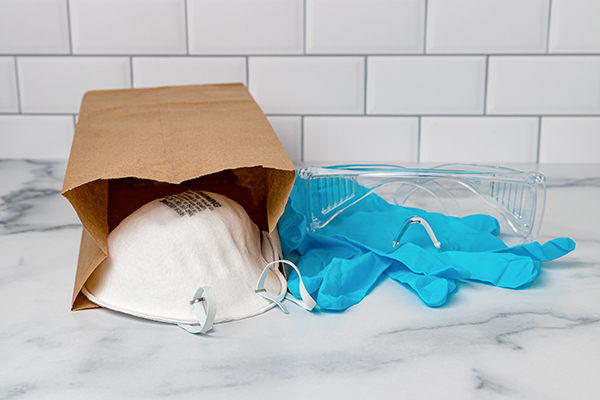Implementing Active Managerial Control
In our last blog, we defined and discussed the concept of active managerial control. Now we will present some ideas on just what is needed to begin an approach of active managerial control. Here are some things that you can do in your operation:
- Understand food safety and the science behind it. One very basic thing you can do is become a Certified Food Protection Manager. There are several programs that meet the American National Standards Institute-Conference on Food Protection requirements. One of the most common is ServSafe® from the National Restaurant Association, but there are also four other approved programs. As someone with this certification, you are better prepared to provide food safety training to your employees and better able to explain why it is important to follow organizational procedures. Employees are more likely to follow good food handling practices if they know why they are doing them.
- Use written standard operating procedures (SOPs) that are carefully developed to address operational steps for each procedure used in the foodservice. There are many sample SOPs out there that you can adapt for use in your operation. We developed a ton of SOPs while we were at Iowa State that are available for download – free! These are tailored for child care, schools, restaurants, and assisted living and are modifiable so that they can be customized for your needs. Dr. Strohbehn also did a FoodHandler webinar on standard operating procedures (you can watch the archived presentation). So, if you don’t have written SOPs, get started! We suggest starting with SOPs focused on employee health and hygiene.
- Maintain strong employee health policies. Ahh, that was the topic of last month’s blogs! Be sure to review the blogs along with your employee health policy.
- Use standardized recipes that include food safety information in the instructions. Include the end-point cooking temperature and any other relevant information such as cooling instructions directly on the recipe so that workers have it at their fingertips. Making information and tools readily available to staff is part of the manager’s job and, face it, employees are more likely to follow set procedures if doing so doesn’t require a lot of extra effort on their part!
- Have monitoring procedures in place that involve everyone working in the foodservice. Not only should employees monitor items such as refrigeration and freezer temperatures, cooking temperatures, and sanitation effectiveness (either by checking temperature or correct chemical levels), but supervisors should review the various logs and records to make sure that standards are met. Think of it as a check and double check approach. Involving all staff communicates the message that safe food is the responsibility of everyone!
- Document what you are doing. We mentioned previously that logs and records are used for documenting when actions were done, and the results of these actions. Remember the old adage, if it isn’t documented, it hasn’t been done. Should there ever be a foodborne illness outbreak, these records show your organization’s due diligence. For example, a log recording end-point cooking temperatures of hamburger patties to at least 155o F would provide a rebuttal to any challenge of illness due to an undercooked burger.
- Train managers and employees on how food safety practices are to be done in your operation. Use the SOPs as the basis for the training. And, be sure to document that the training was done by having employees sign an attendance roster. Oh yes, again the old saying if it hasn’t been documented it hasn’t been done! The SafeBites webinar on March 27th will feature Dr. Kevin Roberts providing useful information about the development of your workforce, and the April Blog topic will be on Coaching and Training. So, stay tuned! We’ve got your back!
Active managerial control is an on-going process—there is no end! We are continually looking for new and better ways to improve food safety practices in our operations. Is there a new tool or piece of equipment that might be useful? Have we changed ingredients or how we cook certain menu items that might impact food safety? The list goes on. Plus, we continually have employee turnover, so training is on-going.
Bottom line – to us, the idea of active managerial control is that managers are always thinking about food safety, monitoring activities in the operation, and looking for better ways to do tasks. These managers are actively present. Be one of those managers!
Risk Nothing!











